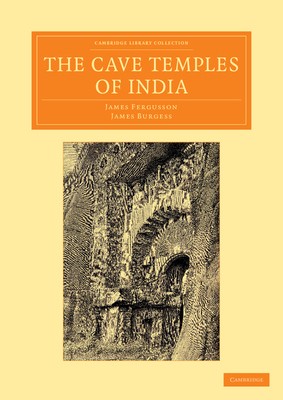
- We will send in 10–14 business days.
- Author: James Fergusson
- Publisher: Cambridge University Press
- ISBN-10: 1108055524
- ISBN-13: 9781108055529
- Format: 21 x 29.7 x 3.4 cm, minkšti viršeliai
- Language: English
- SAVE -10% with code: EXTRA
Reviews
Description
Born in Scotland, James Fergusson (1808-86) spent ten years as an indigo planter in India, the profits from which allowed him to embark upon a second career as an architectural historian. Although he had no formal training, he became one of the most respected researchers in the field, particularly in Indian architecture. He made numerous trips around India in order to study and document its cave temples, publishing his first book on the subject in 1845. In 1880, he returned to the subject, collaborating with the archaeologist James Burgess (1832-1916) as part of the Archaeological Survey of India. It was Fergusson who first categorized the temples, suggesting that they could be classified through reference to the religious order and function. Illustrated with more than 150 maps, plans and drawings, this work of impressive scope remains of relevance to students of Indian architecture and history.
EXTRA 10 % discount with code: EXTRA
The promotion ends in 23d.12:12:25
The discount code is valid when purchasing from 10 €. Discounts do not stack.
- Author: James Fergusson
- Publisher: Cambridge University Press
- ISBN-10: 1108055524
- ISBN-13: 9781108055529
- Format: 21 x 29.7 x 3.4 cm, minkšti viršeliai
- Language: English English
Born in Scotland, James Fergusson (1808-86) spent ten years as an indigo planter in India, the profits from which allowed him to embark upon a second career as an architectural historian. Although he had no formal training, he became one of the most respected researchers in the field, particularly in Indian architecture. He made numerous trips around India in order to study and document its cave temples, publishing his first book on the subject in 1845. In 1880, he returned to the subject, collaborating with the archaeologist James Burgess (1832-1916) as part of the Archaeological Survey of India. It was Fergusson who first categorized the temples, suggesting that they could be classified through reference to the religious order and function. Illustrated with more than 150 maps, plans and drawings, this work of impressive scope remains of relevance to students of Indian architecture and history.


Reviews